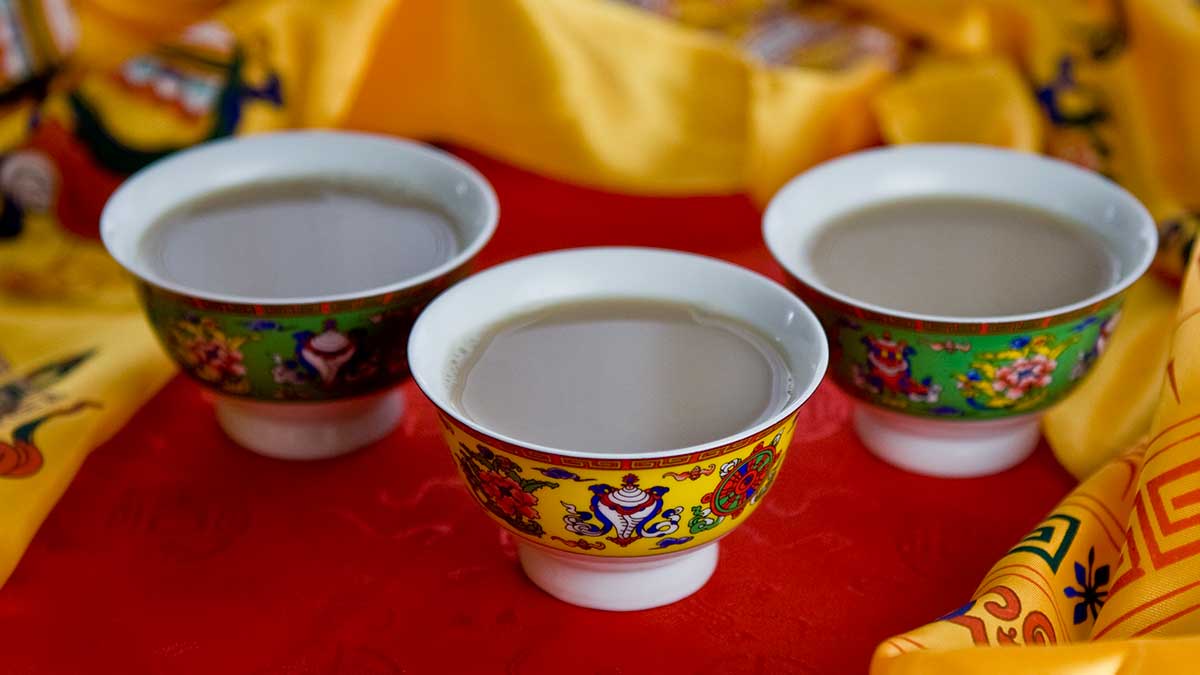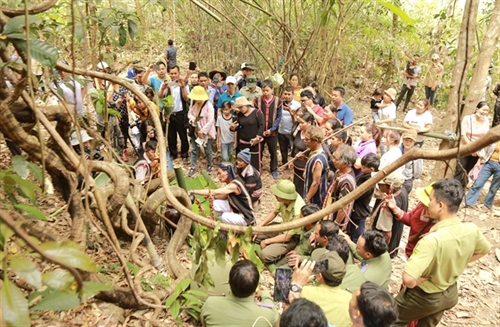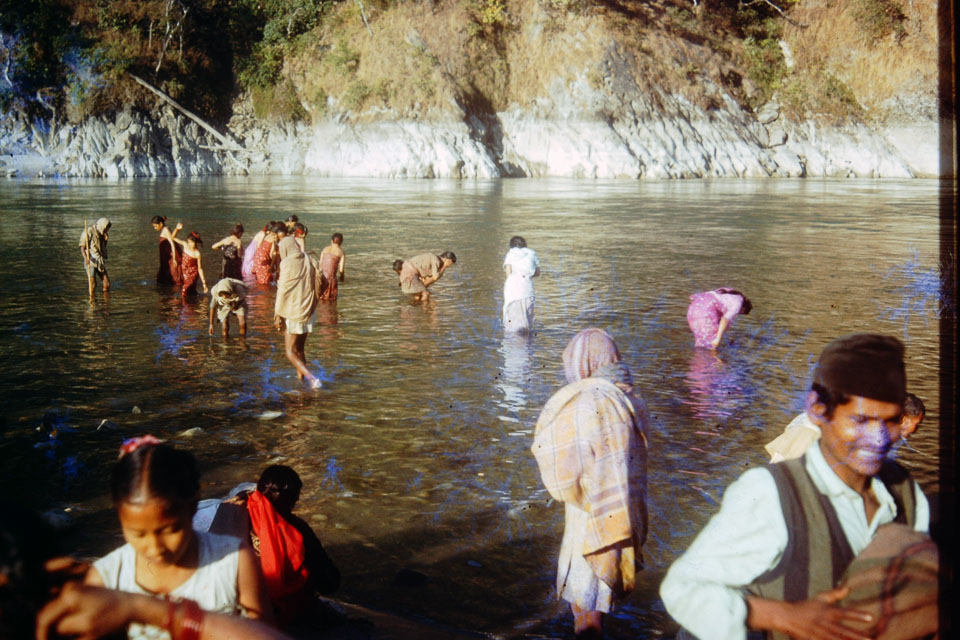Share this Article
In Nepal, as in many other parts of South Asia, the custom of offering water to the sun is a significant morning ritual that forms part of daily spiritual practice. This act of devotion, known as Surya Arghya, involves offering water to the rising sun, which is believed to hold immense spiritual and healing power. Rooted in Hindu tradition, this practice is not only a gesture of worship but also a means of connecting with the divine forces that govern life and nature.
1. Spiritual Significance of the Sun in Hinduism
In Hinduism, the Sun (or Surya) is considered a god, often referred to as Surya Dev. He is the symbol of life, vitality, and strength, representing both the physical and spiritual light that sustains the world. The sun is believed to provide purification, prosperity, and health, and is also associated with the element of fire, which is symbolic of transformation and purification.
The sun’s rising in the morning is seen as a divine blessing, a signal that the world is waking up to a new day filled with opportunities for renewal, growth, and spiritual progress. The practice of offering water to the sun is a way to honor this cosmic force, express gratitude, and seek blessings for health, success, and spiritual fulfillment.
2. The Ritual of Offering Water to the Sun
The ritual of offering water to the sun, or Surya Arghya, is simple yet profound. It is typically performed early in the morning, at sunrise, by individuals seeking to start their day with spiritual devotion and connection to the divine. The practice involves the following steps:
2.1 Preparation
The devotee typically prepares a small container or vessel of water, often with the addition of holy basil leaves (also known as Tulsi) or flowers. These are believed to purify the water and make the offering even more auspicious. In some households, cow’s milk or ghee may also be included in the water as an offering to increase the ritual’s sanctity.
A prayer mat or simple space is laid out where the devotee can sit, facing the rising sun. It is customary to perform the ritual in an open area, ideally on the rooftop or an open courtyard, to ensure direct exposure to sunlight.
2.2 The Offering
As the sun begins to rise, the devotee holds the water-filled vessel in both hands, offering it towards the sun with reverence. The water is poured out slowly while chanting mantras or prayers that invoke the blessings of Surya Dev. One of the most common mantras chanted during this ritual is the Surya Gayatri Mantra, which is dedicated to the Sun God:
"Om Suryaya Namah"
This mantra is a salutation to the Sun, seeking divine light, knowledge, and protection. Devotees may repeat this mantra several times as they offer the water, keeping their minds focused on the spiritual significance of the act.
2.3 Physical and Spiritual Benefits
For the devotee, the act of offering water to the sun is both a physical and spiritual practice. Physically, it is believed that offering water to the sun can improve one’s health, strength, and vitality. The sunlight is seen as having purifying properties, and the ritual helps align the devotee’s body with the cosmic rhythms of the sun.
Spiritually, Surya Arghya is believed to purify the mind and soul. The simple act of focusing on the sun, chanting sacred mantras, and offering water allows the devotee to experience peace and clarity, while creating a sense of connection to the greater universe. The water, which is symbolic of life and vitality, becomes a means of invoking divine blessings and protection.
3. Cultural and Regional Variations
While the basic practice of offering water to the sun is common across Hindu communities in Nepal, there are regional variations in how the ritual is performed, as well as the specific prayers and mantras recited. In many rural parts of Nepal, this ritual is seen as an important part of family life, with children and adults alike participating in the morning offering. It is also common for the offering to be made as part of larger puja ceremonies, particularly during significant festivals such as Chhewar (the sacred thread ceremony) and Tihar (the festival of lights), where the sun is honored as a symbol of divine energy.
In some areas, the Kumari (living goddess) or temple priests perform the ritual at sunrise to bless the entire community. During special occasions, the offering is sometimes done collectively, with groups of people coming together in public spaces or temples to pay homage to the sun.
4. The Role of Surya Arghya in Festivals
The custom of offering water to the sun is also an integral part of several Nepali festivals, where the ritual is performed with greater significance and devotion.
4.1 Chhewar Ceremony (Sacred Thread Ceremony)
For young boys in Hindu families, the Chhewar ceremony marks their formal entry into adulthood. As part of this rite of passage, the boy is taught to perform the Surya Arghya ritual at sunrise. This act symbolizes the boy’s connection to the divine forces and his acceptance of responsibility and spiritual awareness.
4.2 Tihar (Festival of Lights)
During Tihar, one of the most significant Hindu festivals in Nepal, families often begin the first day of the festival by performing the Surya Arghya ritual. The sun is worshipped as a symbol of prosperity and health. On this day, Kali (the goddess of light) and Laxmi (the goddess of wealth) are also honored, and the offering of water to the sun is seen as a way of ensuring the family's wellbeing for the coming year.
4.3 Chhath Festival
Although Chhath is primarily observed in the Terai region, it has been gaining popularity in the Kathmandu Valley and among Nepali diaspora communities. This festival specifically involves the worship of the Sun God. On the final day of the festival, devotees offer water to the sun while standing in a river or pond at dawn and dusk, symbolizing gratitude and seeking divine blessings.
5. Scientific and Health Benefits of Surya Arghya
While the ritual is primarily spiritual, there are also some health benefits associated with the practice. Sun exposure, especially during the early morning hours, is known to help regulate the body’s internal clock, boost vitamin D production, and improve mood. In addition, drinking water after the ritual is believed to aid in digestion, cleanse the body, and maintain overall physical health.
Moreover, the practice of gazing at the rising sun in moderation, as part of this ritual, is believed to improve vision and maintain eye health, according to traditional beliefs.
6. Conclusion: A Timeless Practice of Reverence and Purification
The custom of offering water to the sun remains a vibrant and important ritual in Nepali society. It connects individuals with the divine forces of nature, promotes spiritual well-being, and fosters a sense of community and tradition. This morning ritual serves as a reminder of the interconnectedness of all life and the power of the sun to nurture and sustain the world. As such, it remains a key aspect of daily life for many Nepalis, sustaining a deep reverence for nature and the divine.
Categories:
Culture & Traditions
,
History & Heritage
,
Lifestyle & Local Life
Tags:
tradition







